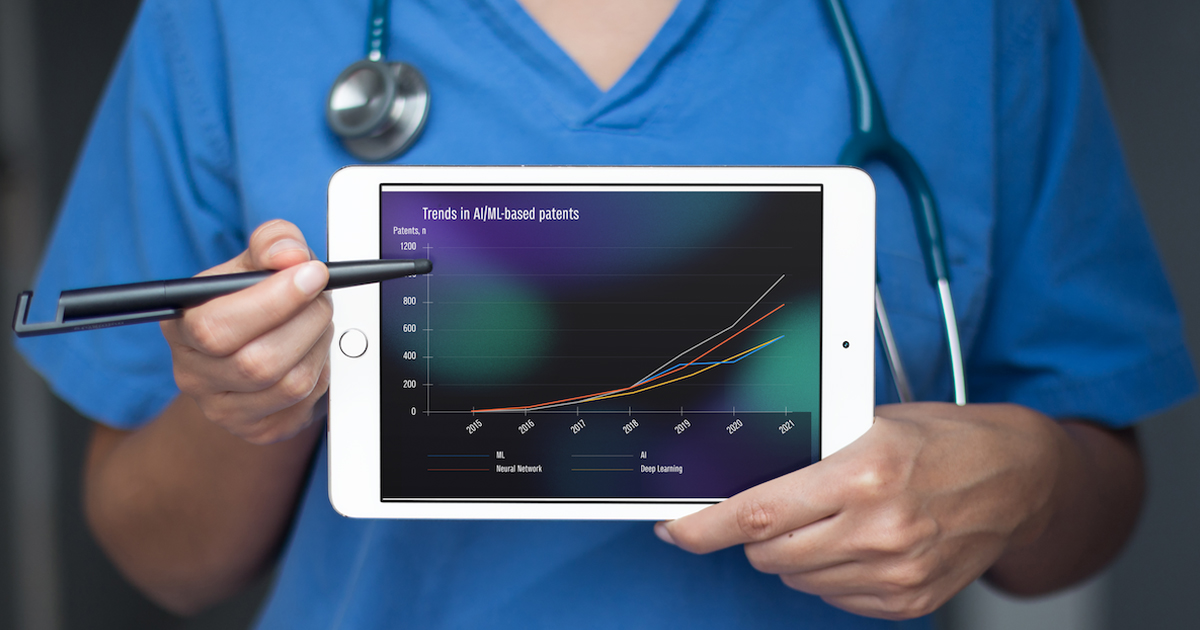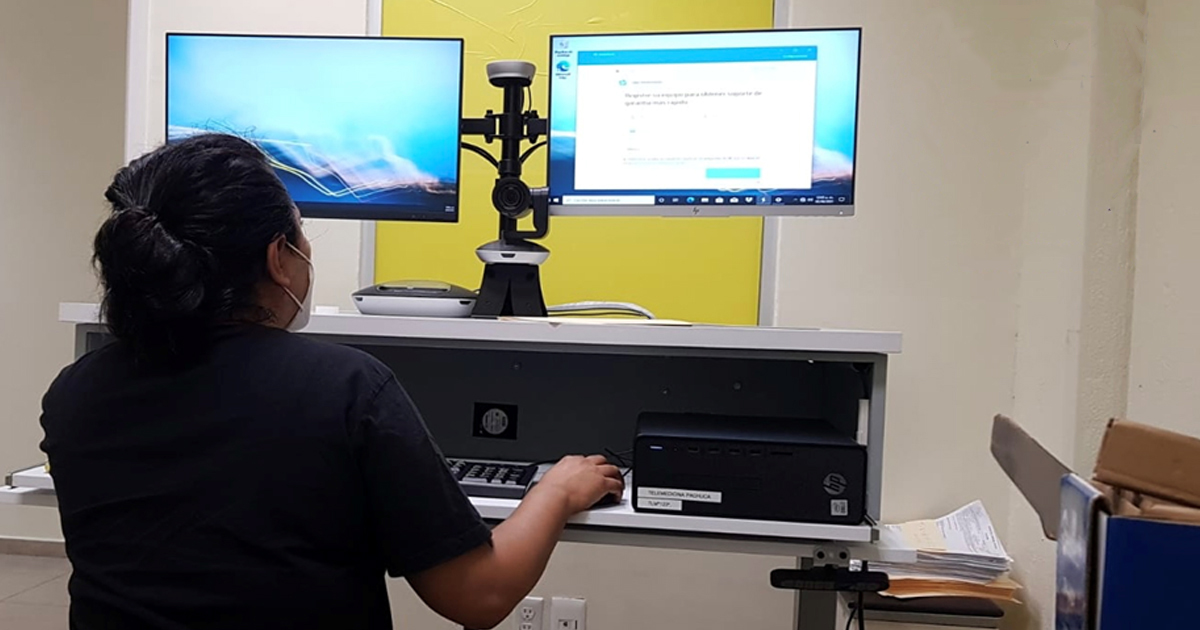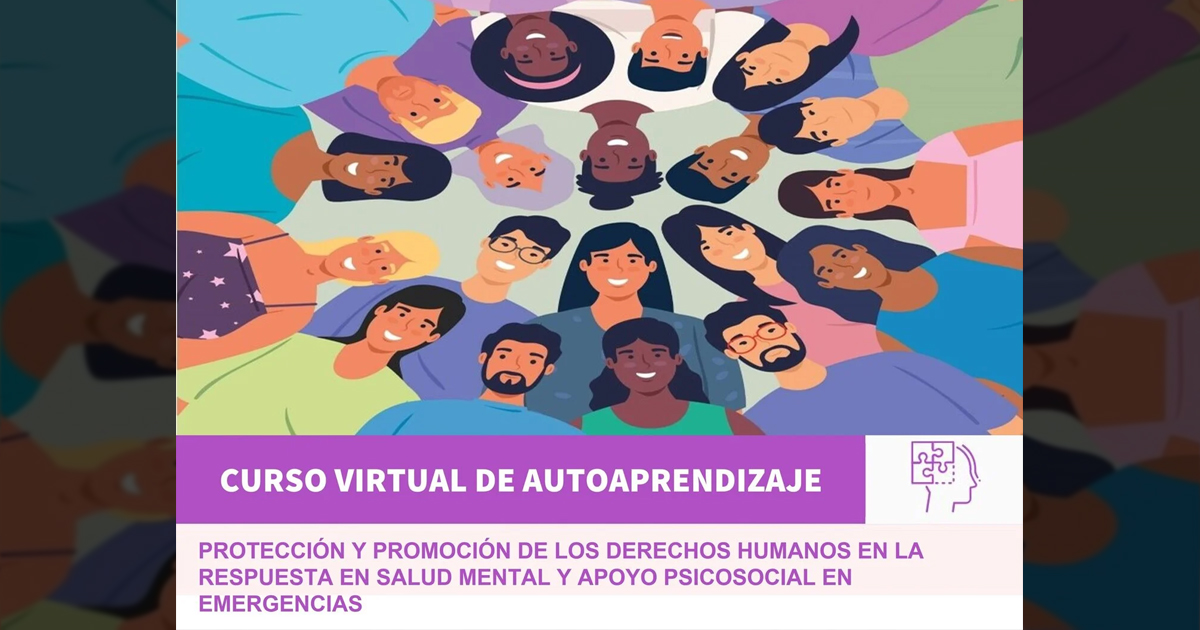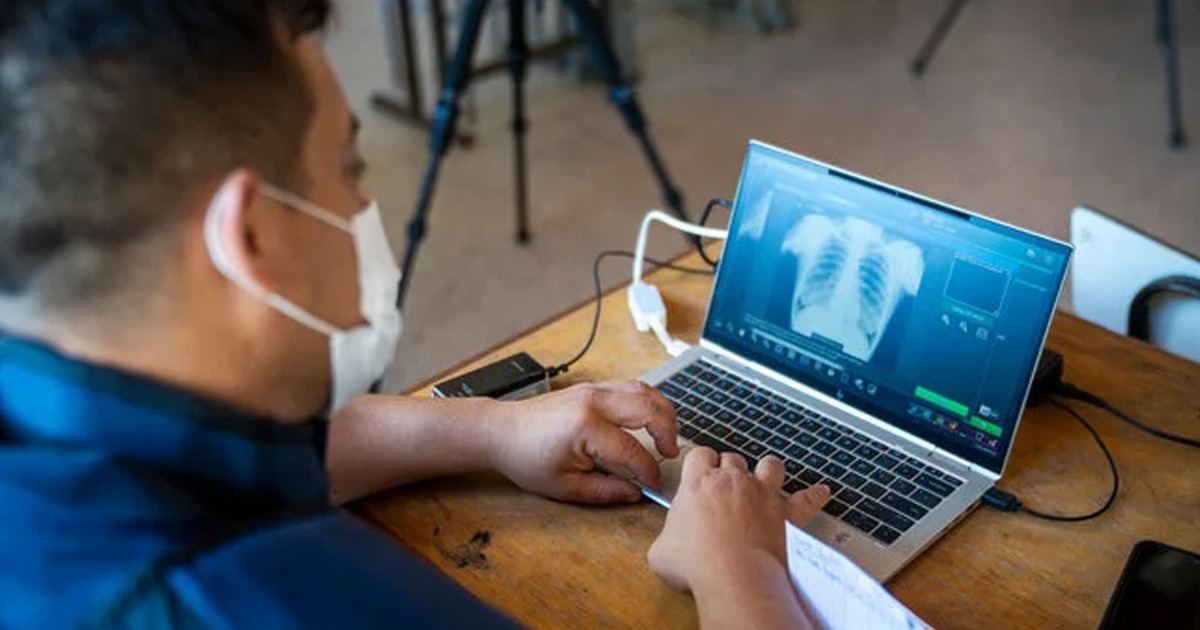The Government of Uruguay has gradually developed its own digital health ecosystem in recent years through the Salud.uy strategy.
At the end of 2012, the Uruguayan government presented the Salud.uy strategy to promote the strengthening and use of information technologies in the health sector. It is a joint initiative between the Presidency of the Republic, the Ministry of Public Health (MSP), the Ministry of Economy and Finance (MEF) and the Electronic Government and Information and Knowledge Society Agency (Agesic).
As a result of the Salud.uy program, the government has defined standards and guidelines for medical informatics and regulations on digital health. This has allowed the creation of the National Electronic Medical Record (HCEN), which is part of the National Integrated Health System (SNIS).
After almost ten years of its implementation, Salud.uy has a team of medical informatics specialists and multidisciplinary work groups, which are in charge of generating these regulations and guidelines.
The HCEN is undoubtedly Salud.uy's flagship project, which has been the gateway for the implementation of new projects and standards in the health sector. For example, through the MiHCD site, the population can access all their clinical information, regardless of whether it includes data from various facilities.
Pablo Orefice, former director of the Salud.uy initiative, and Luis Tejerina, equal leader in the Social Protection and Health Division of the Inter-American Development Bank (IDB), detailed the importance of the HCEN in the fight against COVID-19 , since the infrastructure and the digital ecosystem were ready to share information between health establishments and medical professionals.

“It was possible to share information, for example, from tests of laboratories or beds available through the same infrastructure used for the HCEN”, explain the specialists.
Likewise, Tejerina and Orefice published a case study of the HCEN through Social Digital, an IDB initiative, for the transformation of social services. Available at the following link: https://socialdigital.iadb.org/es/sph/resources/investigaciones-y-publicaciones/19112
In this sense, they shared ten tips on digital transformation in health, taking the Salud.uy project as a reference:
- Always place the patient at the center of the design, emphasizing equity.
- Build a vision of what you want to achieve with everyone and for all the actors in the system (public and private sector, academia, professionals, citizens, etc.).
- Have a team of professionals specialized in digital health with clear objectives.
- Develop a strategy that converts the national vision into an implementation plan as a state policy, aligned with the country's health system.
- Approve the necessary regulations so that the technological tools can be used and the applicable model.
- Accompany the ecosystem with knowledge, workshops, artifacts as public goods, collective construction of documentation to carry out their own digital transformation processes in organizations.
- Think and create an incentive scheme that pushes suppliers to make the necessary investments (economic incentives, legal obligations, penalties, etc.).
- Generate early victories, as part of the strategy of long transformation processes and deploy a national architecture that supports future processes.
- Invest in continuous monitoring of progress, for example through recurring surveys.
- Remember the human factor, both people who are involved in the digital transformation of the sector, and citizens in general must be accompanied through change management plans.





